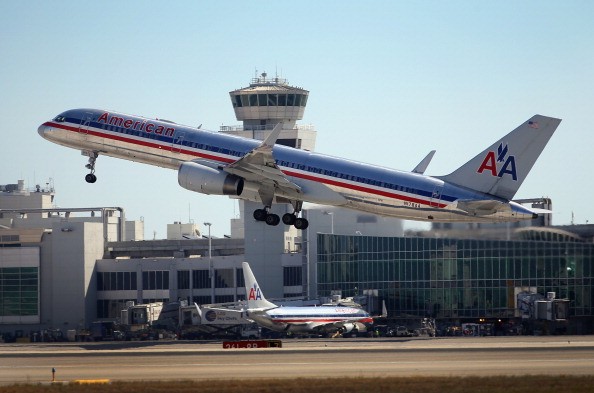
A Continental flight from Tampa to Hawaii when my husband and I visited the very first time earned us thousands and thousands of flights on our Continental reward membership account. Now Continental is United and virtually no airlines are offering miles based on actual miles flown anymore. It was announced at the beginning of 2015 that many airlines, including Delta and United, no longer offer their passengers and loyal cardholders and mileage members miles based on the distance flown but rather the price the ticket cost when it was booked. Add to that the fact that American Airlines just announced the same change in their reward policy effective the second half of 2016 and you have a number of passengers who are simply looking to find a new credit card.
The problem with the new reward system is that it takes longer and a lot more money to earn free flights. Someone who was flying cross country three times per year and earning something like 4,000 miles each time was earning miles quickly. Now they will earn their miles far less quickly when you consider how new reward systems work – and they all work differently. For example, American Airlines passengers will not earn their miles and points nearly as fast thanks to the new reward system unless they are top tier travelers to begin with. The average Joe spending his time on three or four flights a year will earn points based on the dollar amount of the ticket multiplied by five points per dollar. That $400 roundtrip cross country ticket is now only worth 2,000 miles when it was worth 4,000 in the past.
The only people who will not be negatively affected by these new airline mileage policies are those who travel frequently in the first place. For example, if you are at the top of the travel rungs with 120 flight segments each year, you’re earning 11 points for every dollar you spend when you book a ticket. That same $400 ticket is now worth 4,400 miles to you. And since those are typically the passengers flying the longest flights the most often and spending the most money to do so in either first or business class, chances are good they are spending much more than that on a flight, and that they are earning even more miles as a result.
It’s a pretty picture for those who are already at the top, but it’s not a beneficial one for those who do not fly all that often. Airlines will likely see a lot of backlash from this with customers choosing to cancel their airline credit cards in favor of cards that offer more rewards that are far easier to obtain. For example, many airline fliers might choose to cancel their cards and choose hotel cards instead; they offer much easier to earn rewards and they’re just as good for travel.
Additionally, you’re going to find a number of airline passengers forgoing their airline credit cards in favor of cash back cards; it’s more lucrative to just earn the flat rate cash back incentive than it is to spend years working to earn a free flight with the new system that’s being offered by so many airlines. Finally, some airlines might notice that their loyal customers become more loyal to other airlines. The one that still offers mileage-based rewards is going to see far more action than the one who is asking their frequent fliers to base their rewards off dollars spent. It makes more sense that other airlines will use this to their advantage and work to poach frequent fliers loyal to one airline so that they can continue to fly and earn miles at a reasonable pace.
All in all, this is probably not a great deal for airlines. With the price of a roundtrip airline ticket in reward miles beginning at 25,000 points in most cases, it’s difficult enough for passengers and loyal airline credit card holders and members to book a reward flight; now it’s even more difficult. Even with a flight that costs $400 being flown 5 times per year at a distance of around 4,000 miles, it would take a passenger two and-a-half years and 12.5 flights to earn enough miles for a standard roundtrip domestic ticket. With miles, it would only take a little over a year and just over 6 flights to earn a free flight.
For elite members, however, that $400 ticket is going to be worth 4,400 miles each trip, meaning they will earn free flights after just over five flights. In theory, it makes sense for airlines to do a price-based reward system since it does reward passengers for flying more expensive fares, which is far more cost-effective for the airline. However, passengers with non-elite status are bound to think otherwise and likely begin looking at credit cards that offer more options, fewer issues and more convenience. Airline rewards are already becoming increasingly less passenger-friendly as time goes on in the first place, and this is just one more method that airlines are taking that’s bound to upset passengers.
On that note, we expect to see airlines with mileage-based rewards overtake the fare-based reward customers in many instances, enticing otherwise very loyal frequently fliers to switch airlines. It’s to be expected, and there is likely nothing that many of these major airlines can do at this point but accept that they are driving customers away.
Photo by Getty Images

Comments
Loading…